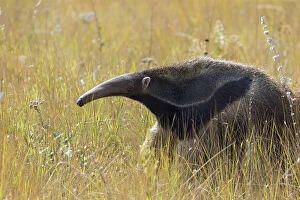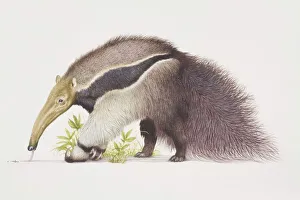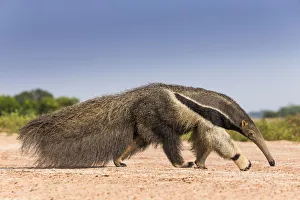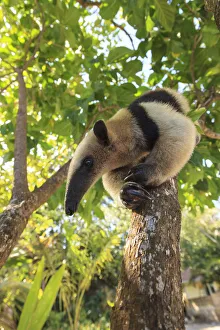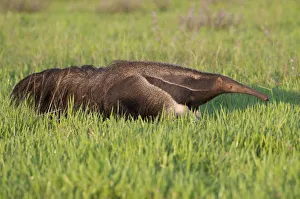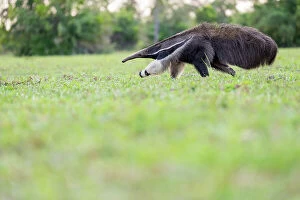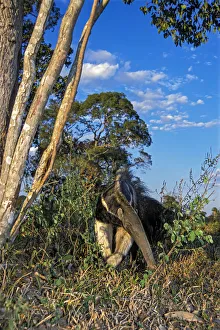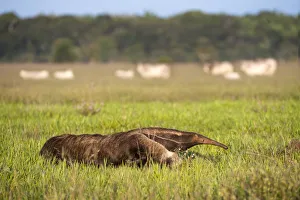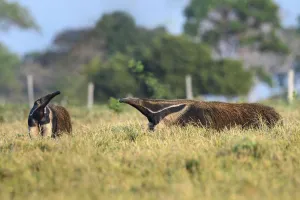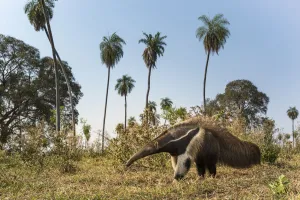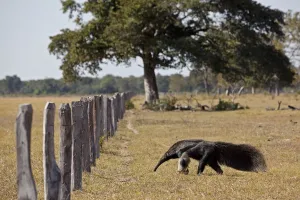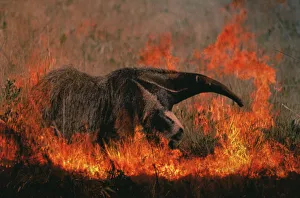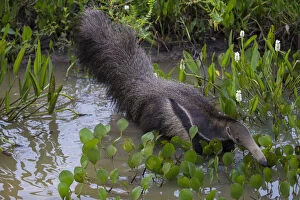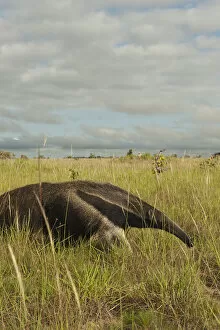Myrmecophaga Tridactyla Collection
The majestic Giant Anteater, scientifically known as Myrmecophaga tridactyla, is a fascinating creature found in the Serra de Canastra National Park in Brazil
All Professionally Made to Order for Quick Shipping
The majestic Giant Anteater, scientifically known as Myrmecophaga tridactyla, is a fascinating creature found in the Serra de Canastra National Park in Brazil. With its distinctive side view and unique three-toed feet, this species stands out among its fellow mammals. The Dorling Kindersley Collection captures the essence of this magnificent animal. In Pantanal, Mato Grosso do Sul, Brazil, we witness the graceful walk of the Giant Anteater through its natural habitat. Its long snout and sharp claws make it an expert forager for ant and termite nests across savannah grassland at Caiman Ecological Refuge. At a rehab center and forest preserve on Mango Key, we see these incredible creatures up close. Their presence reminds us of the importance of conservation efforts to protect their fragile ecosystem. Hato El Cedral in Llanos provides another glimpse into the life of an adult Giant Anteater as it walks across the vast savannah. This South American treasure showcases nature's beauty at its finest. Brazil's Pantanal region continues to amaze with yet another sighting of a giant anteater searching for food amidst ranches. These resilient animals adapt to various environments while maintaining their distinct characteristics. A pair of Giant Anteaters sniffing air in savanna at Caiman Ecological Refuge demonstrates their heightened sense of smell used to locate prey hidden beneath layers of soil or bark. This captivating species serves as a reminder that our actions have consequences on wildlife populations worldwide. Let us cherish and protect these remarkable creatures like Myrmecophaga tridactyla before they become mere legends whispered by future generations.

